Geschichte des amerikanischen Films Klassisches Hollywood Kino Inhalt












































































































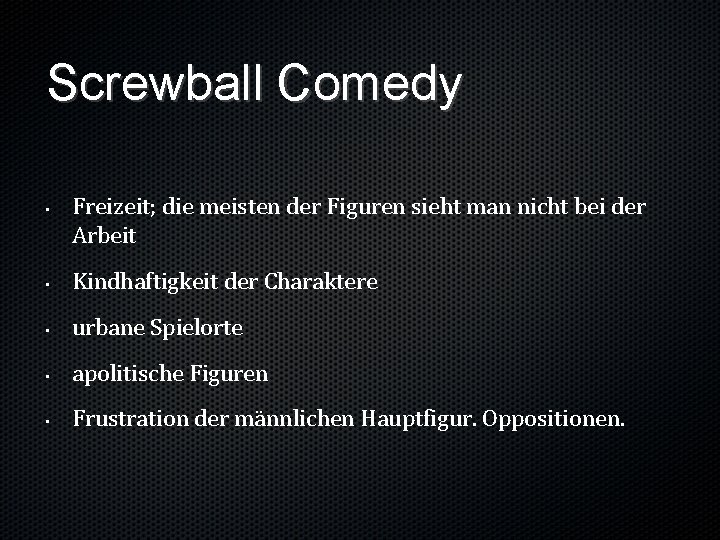



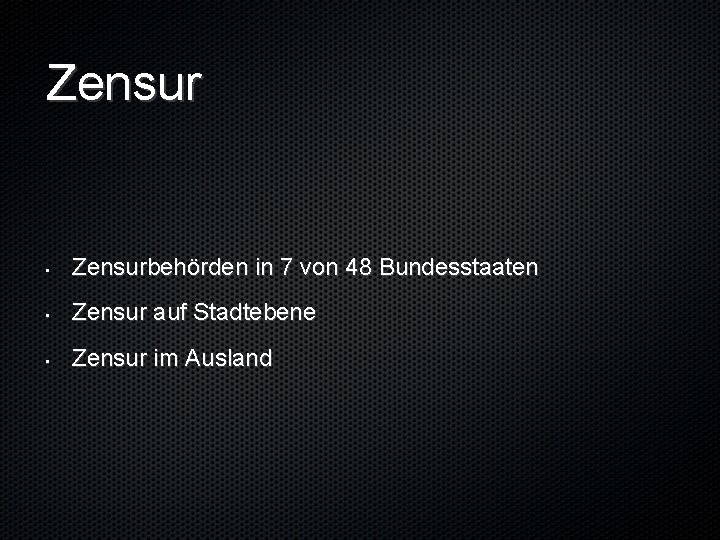



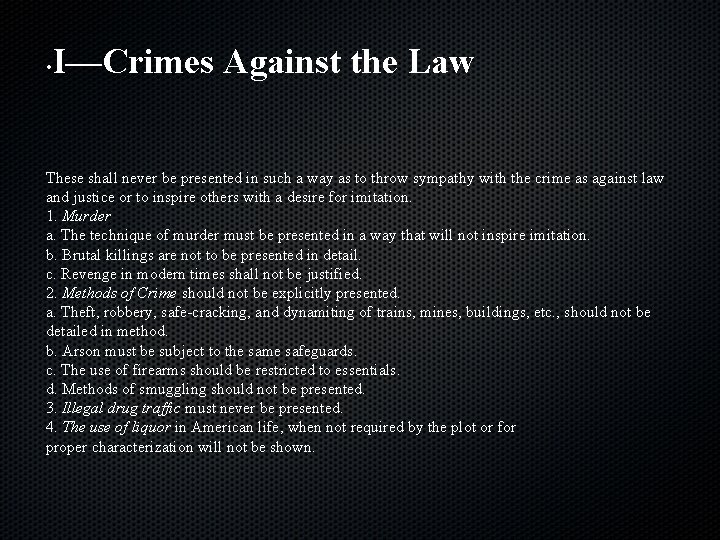
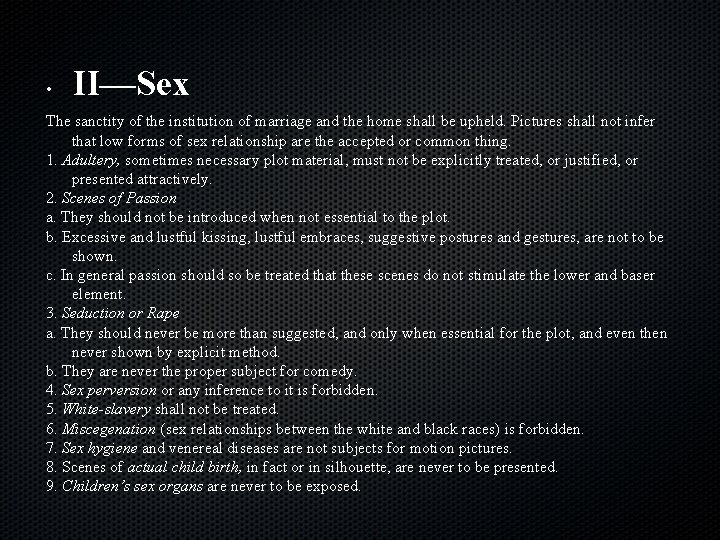
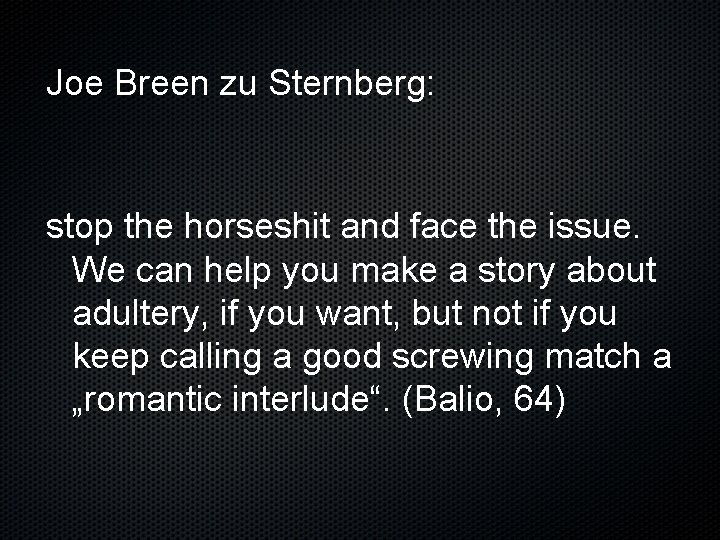
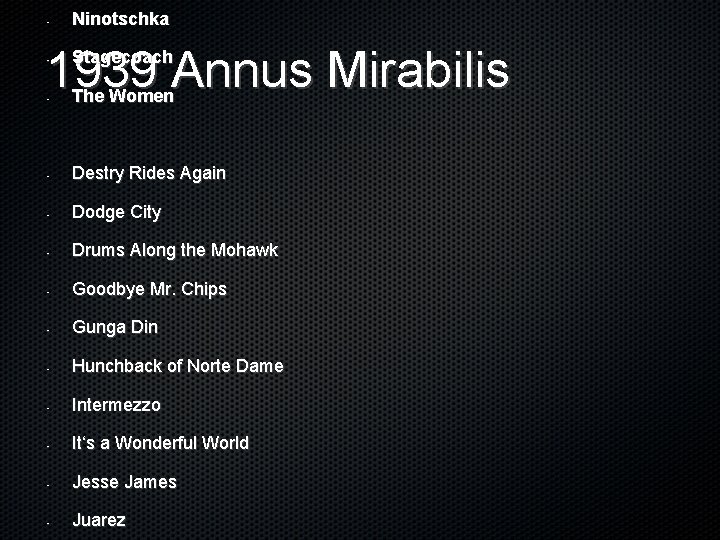
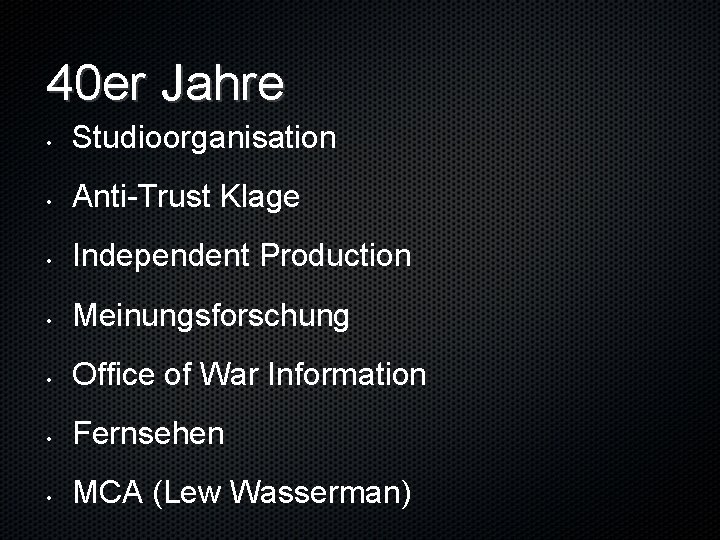


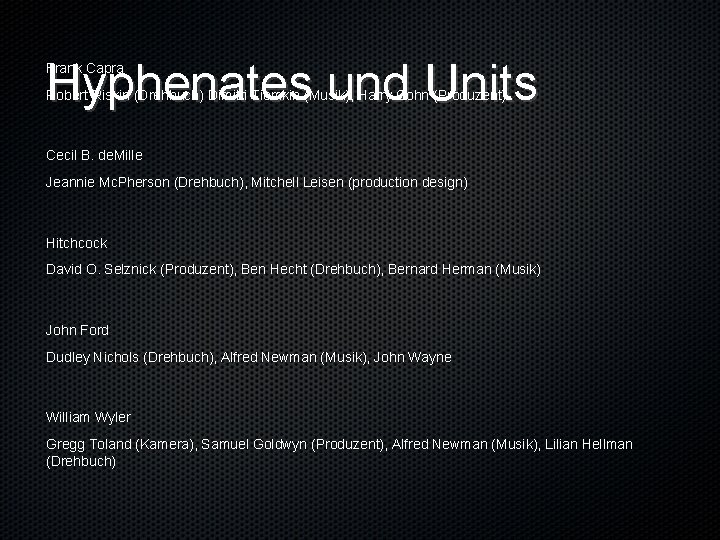
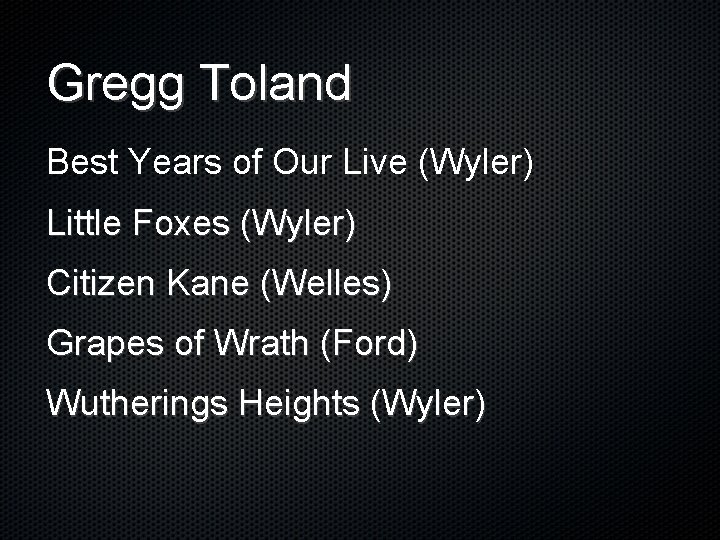
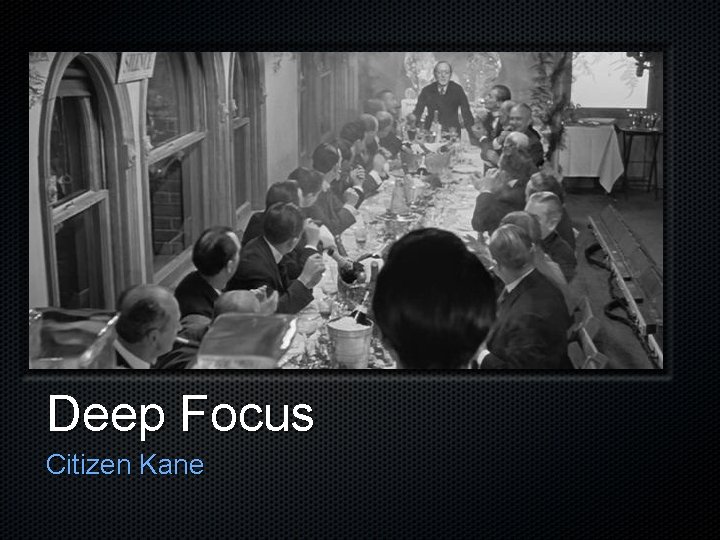
- Slides: 126

Geschichte des amerikanischen Films Klassisches Hollywood Kino

Inhalt ¡ Geschichte des klassischen Hollywood Kinos ¡ Filmgeschichte ¡ Kulturgeschichte PD Mag. Dr. Claus Tieber

Methoden ¡ Vortrag ¡ Filmsichtung ¡ Diskussion ¡ Online Infos und Diskussion PD Mag. Dr. Claus Tieber

Filmbeispiele ¡ Filmausschnitte am Beginn der VO-Einheiten ¡ Fragen zu Filmbeispielen und zum Stoff der vorangegangenen Woche ¡ ausgesucht und vorbereitet von Studierenden ¡ dafür gibt es Bonuspunkte bei der Prüfung PD Mag. Dr. Claus Tieber 4

Ziele ¡ Historisches Wissen ¡ Zusammenhänge und Kontexte PD Mag. Dr. Claus Tieber

Abschluß ¡ Schriftliche Prüfung ¡ KEIN MQ Test ¡ Punktesystem: eine Frage - ein Punkt, mehr als 50% richtig = positiv (4) ¡ 4 Termine (1. Termin 27. 6. , letzter Termin Ende WS 13/14) Anmeldung online ¡ Danach nur nach Vereinbarung und nur mündlich PD Mag. Dr. Claus Tieber

Filmliste ¡ Birth of a Nation (1915) ¡ Jazz Singer (1927) ¡ City Lights (1930) ¡ 42 nd Street (1933) ¡ Gone With the Wind (1939) ¡ Stagecoach (1939) ¡ Grapes of Wrath (1940) ¡ Citizen Kane (1941) ¡ Casablanca (1942) ¡ Double Indemnity (1944) PD Mag. Dr. Claus Tieber

Empfohlene Literatur ¡ Bordwell, Staiger, Thompson: Classical Hollywood Cinema ¡ Maltby, Richard: Hollywood Cinema ¡ History of the American Cinema (Reihe) davon v. a. : § Koszarski: An Evening‘s Entertainment § Balio: Grand Design § Schatz: Boom and Bust PD Mag. Dr. Claus Tieber

Löwenthal ¡explaining the past, ¡searching for a golden age, ¡enjoying the exotic, ¡reaping the rewards of temporal displacement and foreknowledge, and ¡refashioning life by changing the past. PD Mag. Dr. Claus Tieber 9

Geschichtsschreibung ¡ Zahlen, Daten, Fakten, Filme - Material ¡ Fragen ¡ Antworten, Argumente ¡ „asking a series of questions and searching for evidence in order to answer them in the course of an argument“ (Thompson, Bordwell) PD Mag. Dr. Claus Tieber 10

Staiger ¡stop thinking of film history as film history and start thinking more about media history. ¡At times, theory seems to be missing from contemporary historical work. PD Mag. Dr. Claus Tieber 11

Filmgeschichtsschreibung ¡ Traditionelle Filmgeschichtsschreibung (Regisseure, Filme) ¡ New Film History bzw. revisionistische Filmgeschichtsschreibung ¡ Film- bzw. Medienarchäologie PD Mag. Dr. Claus Tieber

Basic Approaches ¡ Biographical history ¡ Industrial or economic history ¡ Aesthetic history ¡ Technological history ¡ Social/cultural/political history PD Mag. Dr. Claus Tieber

Ansätze ¡ Form und Stil ¡ Produktionsbedingungen ¡ nationale und internationale Einflüsse (ästhetisch, politisch, ökonomisch. . . ) PD Mag. Dr. Claus Tieber 14

Formen und Formate ¡ Fiktionaler Langfilm (feature film) ¡ Kurzfilm ¡ Dokumentarfilm ¡ Experimentalfilm ¡ Wissenschaftlicher (z. B. ethnologischer) Film ¡ Amateurfilm PD Mag. Dr. Claus Tieber

André Bazin Das amerikanische Kino ist eine klassische Kunst, aber warum sollen wir dann nicht vor allem das bewundern, was am bewundernswertesten ist: nicht etwa das Talent von diesem oder jenem Filmemacher, sondern den Genius des ganzen Systems.

Hollywood ¡ standard model ¡ Klassisches Hollywood Kino ¡ Produktionsweise ¡ Ästhetik § Erzählweise § Repräsentationsmodus PD Mag. Dr. Claus Tieber

Frühgeschichte ¡ Early Cinema (1895 - 1907) ¡ Transitional Period (1907 - 1917) ¡ Classical Hollywood Cinema (1917 - 1960) ¡ Post-Classical Cinema PD Mag. Dr. Claus Tieber

USA um die Jahrhundertwende • • • 1898 Spanisch-Amerikanischer Krieg: Puerto Rico, Guam, Hawaii kommen zur USA ab 1890: neue Immigrantionswelle Theodore Roosevelt (1901 -1909) Suffragetten/ Forderung nach Wahlrecht für Frauen Anti-Trust Bestrebungen Rassismus, Lynchings, NAACP 1909 gegegründet (National Association fort he Advancement of Coloured People) PD Mag. Dr. Claus Tieber

Early Cinema ¡ bis 1906/07 ¡ Cinema of Attractions (Gunning) ¡ kurze Filme ¡ Direktaddressierung ¡ Vorwissen nötig ¡ „exhibitionist cinema“ (Gunning) ¡ „cinema itself was an attraction“ PD Mag. Dr. Claus Tieber

Timeline ¡ 1891: Kinetoscope, Edison ¡ 1893: peephole Kinetoscope ¡ 1894: Kinetoscope Parlour New York Edison PD Mag. Dr. Claus Tieber 21

Edisons Kinetoscope

Black Maria

Produktionssysteme ¡ 1896 – 1907: Cameraman System ¡ 1907 – 1909: Director System ¡ 1909 – 1914: Director Unit System ¡ 1914 -1931: Central Producer System PD Mag. Dr. Claus Tieber 24

Frühe Filmformate • • • Actualities Views News Events Vaudeville Turns Incidents Magical Pictures PD Mag. Dr. Claus Tieber 25

Filmlänge ¡ 50 Fuß 1900: 250 - 400 Fuß 1903: 300 - 600 Fuß 1905: 800 - 1000 Fuß = 300 Meter = one reel= Einakter PD Mag. Dr. Claus Tieber 26

Boxing Films and Passion Plays Corbett- Fitzsimmons

The Passion Play of Oberammergau 1898

Kino Erzähler Lecture on „Enoch Arden“: Scene 1: Here on the beach, a hundred years ago, three children of three houses, Annie Lee, the prettiest damsel in the port, and Scene 2 Philip Rayl, the millers only son, and Scene 3 Enoch Arden, a rough sailor‘s lad, made orphan by a winter shipwreck, had build their castles of dissolving sand, but Scene 4 when the dawn of rosy childhood past and the new warmth of life‘s ascending sun was felt by either. Scene 5 either fixed his heart on that one girl and Enoch spoke his love.

Literatur ¡ Thompson, Bordwell: Film History ¡ Eileen Bowser: Transformation of Cinema ¡ Richard de. Cordova: Picture Personalities ¡ Sheldon Hall und Steve Neale: Epics, Spectacles and Blockbuster PD Mag. Dr. Claus Tieber 30

Nickelodeon Boom ab 1905

Nickelodeon

Motion Picture Patents Company ¡ Edison Film Co. ¡ American Mutoscope and Biograph Co. ¡ Gaumont ¡ Kalem ¡ George Kleine ¡ Lubin ¡ Star Film (Gaston Méliès), ¡ Pathé Frères ¡ Selig Polyscope ¡ Vitagraph PD Mag. Dr. Claus Tieber 33

Patents Trust MPPC Oligopol

Motion Picture Patents Company (MPPC)

Entwicklung des Starsystems ¡ (Bühnen)Schauspieler. In ¡ Picture Personality ¡ Star PD Mag. Dr. Claus Tieber 36

Vom Schauspieler zum Star ¡ (Theater)Schauspieler im Film (ab 1907) ¡ Picture Personalities (1909/10) ¡ Stars PD Mag. Dr. Claus Tieber 37

Carl Laemmle IMP Universal

Florence Lawrence

Stardiskurs nach 1910 ¡Name ¡Image: physical image, personality ¡Professional experience ¡ab 1912 kannte man die Namen der Schauspieler. Innen ¡ab 1911 Screen Credits PD Mag. Dr. Claus Tieber 40

USA 1914 - 1928 ¡ 1. Weltkrieg 1914 -1918 ¡ Eintritt der USA 1917 ¡ Volstead Act 1919: Prohibition ¡ Jazz Age ¡ Flapper, New Women PD Mag. Dr. Claus Tieber 41

Kinobesuch USA ¡ 1922: 40 Millionen Kinobesucher/Woche ¡ 1928: 80 Millionen PD Mag. Dr. Claus Tieber 42

Hollywood ¡ Universal: Carl Laemmle ¡ Paramount: Famous Players. Adolph Zukor ¡ Warner Bros. 1913 ¡ William Fox ¡ MGM 1924: Metro Goldwyn Mayer PD Mag. Dr. Claus Tieber 43

Übergang zum Feature Film ¡ Central Producer System of Production (1914 - 1930) ¡ Continuity Script ¡ Vertikale Integration PD Mag. Dr. Claus Tieber 44

Continuity Script

Traffic in Souls (1913)

Judith of Bethulia 1913 D. W. Griffith

Birth of a Nation 1915

Birth of a Nation

Joan the Woman Cecil B. de. Mille 1917

Intolerance 1916

Frauen in der Filmindustrie ¡ Regisseurinnen § Lois Weber § Alice Guy Blaché PD Mag. Dr. Claus Tieber 52

Lois Weber

Suspense 1913

Hypocrites! 1914

Drehbuchautorinnen ¡ Frances Marion ¡ Anita Loos ¡ June Mathis ¡ Jeanne Mc. Pherson PD Mag. Dr. Claus Tieber 56

Anita Loos

Frances Marion

Oscar Micheaux ¡ eigene unabhängige Produktionsfirma ¡ über 40 Filme ¡ Within Our Gates 1920 PD Mag. Dr. Claus Tieber 59

Within Our Gates 1920

Body and Soul 1925 Paul Robeson

Zwischentitel • erklärende (explanatory) • Dialogtitel • ab 1905 (Oncle Tom‘s Cabin) • Kontrolle • Autor. Innen meist nicht identisch mit Drehbuchautor. Innen • Dauer • Platzierung • Typographie

United Artists ¡ Mary Pickford ¡ Charles Chaplin ¡ Douglas Fairbanks ¡ D. W. Griffith PD Mag. Dr. Claus Tieber 63

United Artists Fairbanks, Pickford, Chaplin, Griffith

Technische Entwicklungen ¡ Versuche mit Farbe ¡ Versuche mit Ton ¡ Übergang von orthochromatischen zum panchromatischen Film(material) ¡ Filmformat (35 mm) 65

Trends und Genres ¡ Epic Western (Covered Wagon, Iron Horse) ¡ War Movies (The Big Parade, Wings) ¡ europäische Regisseure (Stroheim, Sternberg, Sjöström, Murnau, Lubitsch) 66

Kinoprogramm ¡Serial ¡Animation ¡Comedy ¡Newsreel ¡Feature Film 67

Motivationen nach Bordwell • compositional • realistic • intertexual • artistic

Classical Hollywood Style ¡ Staging ¡ Editing ¡ Kausale ¡ temporäre ¡ räumliche ¡ Verbindungen zweier Einstellungen PD Mag. Dr. Claus Tieber 69

Classical Hollywood Style ¡ Unsichtbarkeit ¡ voyeuristisches Kino (Laura Mulvey) ¡ continuity editing/unsichtbarer Schnitt § eyline match § kein Achsensprung ¡ 3 Point Lightning ¡ Musik: unheard melodies (Claudia Gorbman) ¡ alles der Narration untergeordnet 70


3 Point Lightning System

Classical Hollywood Narrative ¡ active agent /goal-oriented protagonist ¡ psychologisch motivierte Figuren ¡ Zwei Handlungsstränge § Suspense § Love Story ¡ Zufall/Deus ex machina nicht erwünscht ¡ Deadlines PD Mag. Dr. Claus Tieber 73

Ton und Musik im Stummfilm • Versuche der technischen Synchronisierung • Erzähler • Klavier • Salonorchester • gr. Orchester

Stummfilmmusik • Mechanische Musik • „Improvisation“ • Cue Sheets • Handbücher, Sammlungen • Scores

Musik im Stummfilm • • • populäre Songs und Tunes populäre Stücke/Melodien aus dem klassischen Repertoire oft textgebunden

• sound on disc: Western Electric • sound on film: Phonofilm • Warner Bros. - Vitaphone • Wall Street

RKO • David Sarnoff • RCA (Radio Corporation of America) • sound on film • Photophone • Film Booking Office • Keith-Albee-Orpheum vaudeville houses • Radio-Keith-Orpheum - RKO

Big Five Agreement • MGM • Universal • First National • Paramount • Producers Distributing Corporation • act together in adopting sound systems • Western Electric sound on disc vs. RCA sound on film

Vitaphone • Vitaphone Shorts • Don Juan 1926 • 6. 10. 1927: Jazz Singer • The Lights of New York

Pre-Code Era bis 1934 • Black Friday 1929 Beginn der Wirtschaftskrise • 1933 Wahl FD Roosevelts, Beginn New Deal • Ende der Prohibition 1933

Umbrüche in der Filmindustrie • Finanzierung durch Wall Street • Producer Unit System • neue Drehbuchautoren • Production Code ab 1934

Big Five • Paramount • Loew‘s/MGM • 20 th Century Fox • Warner Bros. • RKO

Little Three • Universal • Columbia • United Artists

Independents • Samuel Goldwyn • David O. Selznick

National Industrial Recovery Act (NIRA) • Codes of Fair Competition • Gewerkschaften • Motion Picture Code • Zoning • wird 1935 aufgehoben, anti-Trust Kampagne folgt

Kinobesuch 1930 • 23. 000 Kinos • 400 Movie Palaces in cities of 50. 000 or more • these cities contained 35 % of the population or 43 million people • mainly in the large eastern states and in California • double feature • A picture ca. $ 400. 000 (Herstellungskosten) • B picture $ 50. 000 - 200. 000

B Pictures • 1930: 10% of theaters played double features • 1935: 75 % (at least part of the week) • 40 % exclusively

Foreign Markets • 1930 Hollywood 75 -80% • $200 mill in film rentals (275 total annual gross) • Subtitling • Dubbing • Foreign language versions

Genre • Produktion • Analyse • Rezeption

Altman: Film/Genre If it is not defined by the industry and recognized by the mass audience, then it can not be a genre, because film genres are by definition not just scientifically derived or theoretically constructed categories, but are always industrially certified and publicly shared. Altman, 16 91

Altman cont. Films often gain genre identity from similar detects and failures rather than from qualities and triumphs. The early history of film genres is characterized (…) not by a purposeful borrowing from a single pre-existing non-film parent genre, but by apparently incidental borrowing from several unrelated genres. 92

Altman cont. Even when a genre already exist in other media, the film genre of the same name cannot simply be borrowed from non-film sources, it must be recreated. Films are always available for redefinition 93

Altman Genres begin as reading positions established by studio personnel acting as critics Creation of a reading position – reinforcement – broad industry acceptance of the proposed reading position and genre 94

Altman By assaying and imitating the money-making qualities of their most lucrative films, studios seek to initiate film cycles that will provide successful, easily exploitable models associated with a single studio. Cycle – genre Genrefication as process: new material, new approach 95

Wulff Sets kultureller Konventionen zur Routine gewordene Erzählstrategien im Umgang mit "ideologischen Spannungen" und Konflikten breites Spektrum ideologischer Funktionen ökonomisches Prinzip und zugleich film-kulturelle Größe Serialisierung 96

Wulff Standardisierung kommunikative Versprechen jeweils spezifischen Erwartungshorizont bestimmte Rezeptionshaltung feste Verabredung oder Übereinkunft zwischen Produzent und Rezipient zu verstehen Flexibilität 97

Wulff Spiel mit Klischees, Mustern und Stereotypisierungen Genre ist ein offen-texturiertes Konzept und erweist sich gerade in dieser Unbestimmtheit im Sprechen über Film als nützlich 98

Genres 1930 er Jahre • Musical • Gangsterfilm • Screwball Comedy • Social Problem Films

Musical • 1928: 60 Filmmusicals • 1929: one in four films in production

Musical Backstage Musical (42 nd Street) • • Operetta Musical (The Love Parade) • Integrated Musical • fairy tale • Show Musical • Folk Musical

Jazz Singer

Busby Berkeley: 42 nd Street

operetta musicals

Social Problem Films I Was a Fugitive from a Chain Gang (1932)

Gangsterfilm: Little Caesar, Public Enemy, Scarface

Universal Horror

Screwball Comedy It Happend One Night (1934)

Screwball Comedy • Freizeit; die meisten der Figuren sieht man nicht bei der Arbeit • Kindhaftigkeit der Charaktere • urbane Spielorte • apolitische Figuren • Frustration der männlichen Hauptfigur. Oppositionen.

Prestige Picture • big budget • based in presold property • top stars • special effects

Motion Picture Production Code

Production Code • Will Hays • Irving Thalberg • Jason Joy • Martin Quigley • Daniel A. Lord • Joe Breen • James Wingate

Zensur • Zensurbehörden in 7 von 48 Bundesstaaten • Zensur auf Stadtebene • Zensur im Ausland

Don‘ts and Be Carefuls

Legion of Decency

General Principles 1. No picture shall be produced that will lower the moral standards of those who see it. Hence the sympathy of the audience should never be thrown to the side of crime, wrongdoing, evil or sin. 2. Correct standards of life, subject only to the requirements of drama and entertainment, shall be presented. 3. Law, natural or human, shall not be ridiculed, nor shall sympathy be created for its violation.

• I—Crimes Against the Law These shall never be presented in such a way as to throw sympathy with the crime as against law and justice or to inspire others with a desire for imitation. 1. Murder a. The technique of murder must be presented in a way that will not inspire imitation. b. Brutal killings are not to be presented in detail. c. Revenge in modern times shall not be justified. 2. Methods of Crime should not be explicitly presented. a. Theft, robbery, safe-cracking, and dynamiting of trains, mines, buildings, etc. , should not be detailed in method. b. Arson must be subject to the same safeguards. c. The use of firearms should be restricted to essentials. d. Methods of smuggling should not be presented. 3. Illegal drug traffic must never be presented. 4. The use of liquor in American life, when not required by the plot or for proper characterization will not be shown.

• II—Sex The sanctity of the institution of marriage and the home shall be upheld. Pictures shall not infer that low forms of sex relationship are the accepted or common thing. 1. Adultery, sometimes necessary plot material, must not be explicitly treated, or justified, or presented attractively. 2. Scenes of Passion a. They should not be introduced when not essential to the plot. b. Excessive and lustful kissing, lustful embraces, suggestive postures and gestures, are not to be shown. c. In general passion should so be treated that these scenes do not stimulate the lower and baser element. 3. Seduction or Rape a. They should never be more than suggested, and only when essential for the plot, and even then never shown by explicit method. b. They are never the proper subject for comedy. 4. Sex perversion or any inference to it is forbidden. 5. White-slavery shall not be treated. 6. Miscegenation (sex relationships between the white and black races) is forbidden. 7. Sex hygiene and venereal diseases are not subjects for motion pictures. 8. Scenes of actual child birth, in fact or in silhouette, are never to be presented. 9. Children’s sex organs are never to be exposed.

Joe Breen zu Sternberg: stop the horseshit and face the issue. We can help you make a story about adultery, if you want, but not if you keep calling a good screwing match a „romantic interlude“. (Balio, 64)

• Ninotschka 1939 Annus Mirabilis • Stagecoach • The Women • Destry Rides Again • Dodge City • Drums Along the Mohawk • Goodbye Mr. Chips • Gunga Din • Hunchback of Norte Dame • Intermezzo • It‘s a Wonderful World • Jesse James • Juarez

40 er Jahre • Studioorganisation • Anti-Trust Klage • Independent Production • Meinungsforschung • Office of War Information • Fernsehen • MCA (Lew Wasserman)

Die USA im 2. Weltkrieg • 7. Dezember 1941 Angriff auf Pearl Harbor • 8. Dezember 1941 Kriegseintritt der USA

Hollywood im 2. WK • Ausländische Märkte • Anti-Nazi Filme • Kriegsfilme • Veränderungen und Auswirkungen auf • Genres • Narration

Hyphenates und Units Frank Capra Robert Riskin (Drehbuch) Dimitri Tiomkin (Musik), Harry Cohn (Produzent) Cecil B. de. Mille Jeannie Mc. Pherson (Drehbuch), Mitchell Leisen (production design) Hitchcock David O. Selznick (Produzent), Ben Hecht (Drehbuch), Bernard Herman (Musik) John Ford Dudley Nichols (Drehbuch), Alfred Newman (Musik), John Wayne William Wyler Gregg Toland (Kamera), Samuel Goldwyn (Produzent), Alfred Newman (Musik), Lilian Hellman (Drehbuch)

Gregg Toland Best Years of Our Live (Wyler) Little Foxes (Wyler) Citizen Kane (Welles) Grapes of Wrath (Ford) Wutherings Heights (Wyler)

Deep Focus Citizen Kane